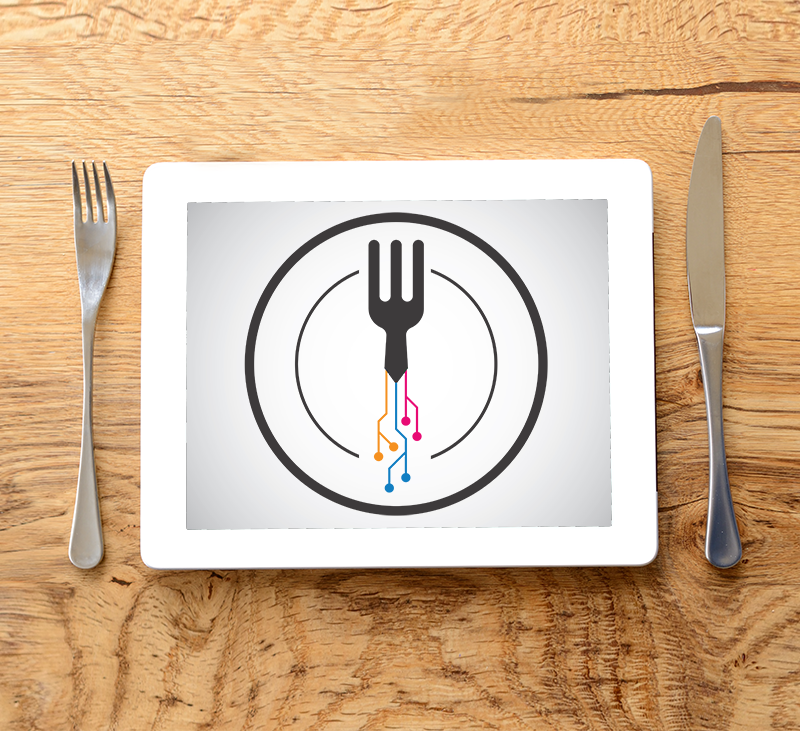
Restaurants rethink menu strategy as snacking spreads
More consumers are eschewing lunch in favor of an afternoon snack
Originally from NRN – by Fern Glazer
Consumers are saying later to lunch as they increasingly make more visits to restaurants during the afternoon snack daypart, at the expense of the mid-day meal.
According to the The NPD Group, visits to restaurants during snack occasions rose 3 percent in the year ended September 2016. Meanwhile, visits to restaurants at lunch fell 2 percent. Breakfast slowed, growing just 1 percent, and dinner was flat.
“Snacking is growing at restaurants,” said NPD analyst Bonnie Riggs. “Afternoon snack is the strongest-performing meal occasion for the year.”
Nearly half of all snack visits occur in the afternoon, NPD found. Morning snack represent 23 percent of the snack market, and evening snack accounts for 30 percent of all snack occasions.
“With so many snacks occurring in the afternoon, the meal occasion that is most vulnerable is lunch,” Riggs said. “What we’re seeing now is trade-down from lunch.”
While consumers might not be eating lunch at restaurants as often, they are increasingly ordering lunch foods as snacks.
In the year ended September 2016, the menu item ordered most often as an afternoon snack was a burger. Chicken sandwiches were also among the items most often ordered as an afternoon snack, along with traditional snack favorites such as French fries, potato chips, candy/candy bars and cookies.
During the same period, the beverages ordered most often as an afternoon snack included carbonated soft drinks, bottled water, iced/frozen/slushy coffee, iced tea, soft drinks (non-carbonated), traditional coffee, soft drinks/frozen slushy, and juice.
The fastest-growing snack throughout the day is the breakfast sandwich. The popularity of breakfast sandwiches has increased by double digits across all meal occasions, NPD found. The success of this item can be attributed, at least in part, to the introduction of all-day breakfast at McDonald’s, Riggs said.
“There’s an opportunity for [operators to offer] more variety, more main-meal food being positioned as a snack,” Riggs said.



